Let's get then some clarifications straightened out from the "get go":
1.- My highest respect, appreciation and heartfelt thanks to the THAGC crew for hosting what has been one of the BEST "Nationals" I have ever been to. You ALL deserve the highest accolades.
2.- My friendship, and thanks, to all the shooters that decided to "tough it out" on Saturday with good humour, sportsmanship and, as much as possible, a positive, constructive attitude.
3.- My compliments to the current AAFTA BoG. They let THAGC run the Match as the Local Experts they are.
So, in no way or form what I am about to write (and you about to read), should be construed as a criticism, or as a complaint. I had an absolute BALL! And what this Blog Entry is all about is trying to relay the experience as well as pointing out some specific things that may help others in the future to have as much fun as I did.
So, let's get down to the story:
For me it all started when Scott Allen posted a reminder to register for the Nationals. We had been rather busy the first half of the year and I had not paid too much attention. So I registered, I had reserved a room back when the venue was announced, so that had been covered.
The months passed and I didn't pay too much attention to the shoot till it became time to start packing. I even had to reserve the car the night before after the on-line checking had been done, talk about last minute planning!
Packing for a flight is not the same as packing for a drive, many months ago Veronika and I had talked about making a road-trip out of it and taking the time to leisurely cruise the Blue Ridge and Smoky Mountains. There were tons of places I wanted to see and visit, mainly related to the Civil War and so we had a dream.
Alas, life has a way of interfering with those and in the end, we got a plane ticket for one and off I went.
Alone.
I have to say that this was one of the harder parts for me.
But the show must go on and when I arrived into Galax and took the time to explore the surrounding countryside as well as locate the venue, I was suddenly met by some of the most beautiful countryside I have ever seen.
Still the contrast between the rolling hills, the mountains and the valleys brought back many a fond memory.
After a couple of hours of simply driving through the flatlands from Charlotte to Galax, the change of scenery on the route to Ennice and the coordinates of the Piatt estate was most welcome.
It was also peculiar to crisscross the borders between Virginia and North Carolina again and again as the turns passed.
Maybe someday we'll get to make that Blue Ridge Mountains trip.
Once all the points had been entered into the GPS, I returned to the hotel, put together my rifle and turned in for the night.
Putting together the rifle is easy if you make sure that, when you pack, you are in front of your suitcase or rifle case with ONLY the tools you will take at hand. All the wrenches, all the screwdrivers you need to take it apart will then be there when you need to put it together again. It also ensures that you take ALL the parts needed. After all, you started from a fully functional rifle so, all screws and bolts and pins should be there when you try to assemble it.
I know it is tempting to take apart the rifle in the workshop and then take all the parts to the case, but believe me that it is better if you start "rehearsing" at home how to take it apart and put it together with just the small batch of tools you are taking on the trip.
In any case, I use a checklist to make sure I am taking everything I will need, the list may be useful to others so follow the link above and download it. Some items apply to all shooters, some will not apply to some shooters; make yours. It is easy and once you have perfected it after two or three trips it will be what YOU need.
If you are driving and are taking a vanfull of all odds and ends in your collection this is a moot point. You can even take a spare rifle if you want. But when flying and when you are limited to a single suitcase plus a carry-on, you need to economize in weight, space and volume.
The night was uneventful, as the hotel was still only partially full and by early Friday morning, we were all smiles and greetings on the two sight-in ranges that the THAGC had set up for us at the Piatt estate
PCP shooters do not need a sight-in range as much as Spring-Piston shooters because the trajectory of PCP rifles is far more stable and predictable than the trajectory of a Springer. So, my second piece of advise would be to find the BEST POSSIBLE place to sight in and ratify, or rectify, your trajectory.
I remember in Germany the Team made arrangements to access a private, walled range. So that proper sight-in was possible. Those who tried to sight in at the venue were faced with shooting downhill, or uphill, in a windy range more conducive to High Power CF rifles than airguns.
It is up to the shooter to adapt and find what HE needs to compete in proper conditions.
Still, my perception was reinforced when, at some point or another, you saw all the top shooters at the Lower sight-in range .
We spent the whole day shooting in relatively warm weather (and dry), and by the end of the day, I had gone and picked up some resetables at WalMart and placed them in the Lower Sight-in range.
In here I would like to insert a recommendation/suggestion to MD's:
ALWAYS place some steel out in the sight-in range. It ranges differently than paper, and the feedback it gives is much more welcome. As Dottie B/S. said: "it is much more realistic".
We had a whale of a time shooting them off and resetting them. Between Tom and Dottie and Ken they had a game going on that was fun to see. One shot it down and the other tried to reset it while the first tried to shoot it down as fast as it would come up.
To ME, the ideal steel targets are the quadrant sight-in targets by Metal Spinning Targets but there are other manufacturers that offer the same concept in the US and the UK. A worthy of note new entry in this aspect is the Pyramyd Air "Biathlon" style of target. It is well made and a number of them on the sight-in range would be VERY useful and provide much more "Bang for the buck" because once the initial paper is all shot up, it is hard to make proper use of sight-in time. With less need for the setup crew to call cold lines to replenish paper targets, things would go more smoothly.
Time went by as I obtained good numbers for the app, and so I was happy.
Sun went down and while there were some ominous clouds in the sky, there was nothing really portending what would happen on Saturday.
I checked the weather report and it called for "scattered showers" and temps of around 70º F, to clear up by early afternoon. Yeah, RIGHT! LOL!
By the time we got up and had an early breakfast (range opened officially at 07:30), the sky was looking MUCH less friendly.
I checked my numbers and found them somewhat off, so I inserted the new data and called it done.
After the compulsory shooters meeting, we all went to our starting lanes. I was squadded with Mark LaPointe and Keith Knoblauch.
Here comes the third piece of advice: fashion and style are for the catwalk. At the FT range wear what has been PROVEN reliable in the rain.
After the long, rainy day in Wellington's NZ match, I had obtained a full set of Ridgeline of New Zealand rain gear, best I could afford without splurging for the prestige "Swandri" brand. Between space and weight limits, and wanting to test the GoreTex jacket, plus take the sponsorhip shirts that the embroidery people had wrongly sent to Connecticut instead of North Carolina, I foolishly left my best rain gear at home. Bad move.
Attention to your gear should not stop with waterproof jacket and pants, it should extend to the shoes/boots.
Once, long ago, I bought in Europe a pair of boots that still accompanies me to all shoots.
Care should also extend to your electronics, especially when they are mission-critical, but more on that later.
Luckily, I did take my felt hat, and that provided some warmth (wool and wool felt will still keep you warm when they are wet) to my head.
Still, by the time I was soaked in the very cold rain, I was shivering. Partly as a response of my body, part willfully. Some may think that shivering is bad, but it is not. It creates a lot of warmth for the body and allows the core organs (brain included) to keep on working.
A trick that is useful under those conditions is to shiver on purpose during your off times, but when time comes to shoot, relax ALL the muscles in your belly and lower belly. That usually takes care of all shivering for a little while.
Shivering is proof that you are under some measure of low core temperature. And that is bad, It also shows that you are wet to the core. Something that can and should be avoided by wearing proper clothes.
If you can keep your core dry, then your performance will be enhanced many times over.
How I thought of our Norwegian friends (Andy, Tom and Illy) that say that there is no bad weather, just bad clothing!
The rifle case was all soaked and the gun was also wet, as wet as wet can be.
There was a puddle of water in the flap where I store the tablet on which I run PP Calc, and although the case was labelled as "rain proof" it was not submersible, and here is where we talk about mission critical electronics.
By the 8th lane, there was water in the case and although the tablet was on, with a conductive film between the screen and your finger there was no capacitance to make the table respond to commands. So I shot the rest of the course from memory. To Ohio I had taken the waterproof case because there was rain in the forecast (yes I do have one, but "scattered showers" in my mind did not mean getting puddles INSIDE the case flaps), ROFL!
One added point here is that it reinforced my idea that you NEED a range specific device. If I had been trying to shoot in that rain with my smartphone, I would have been putting at risk a LOT of information.
PP-Calc is an excellent tool, as demonstrated by the second day's results, BUT it does need a range-only device.
Scope was fogged up because the flip-open scope caps that are so useful in normal life at the FT range suddenly became a liability. By the mere fact that they close, they cannot allow water to evaporate quickly and so there is a captive fog between your lenses and your scope caps that condenses continuously on the lenses.
In THIS context alone, a long "sunshade" would have been an ideal solution to protect the Objective lens. The Ocular lens could have benefited from an I-Cuff or some other extension to preclude most of the raindrops from coming in.
A neck-hanging pellet holder is also a boon. Pellets stay dry. The worse thing Mark LaPointe had to do was to put the tin of pellets on the ground, open, at the start of the shoot. By the 4th lane, he had dumped some pellets in the rear pocket of his shooting jacket and was getting them from there.
Here a couple of interesting points need to be brought up:
MOST air rifles do not have a "bedding" per se. They are inlet into wood or synthetic stocks but without much precaution or forethought about waterpoofing said inletting. Even custom stocks may not be completely finished inside and out.
KNOW YOUR gun. If the wood is not completely and truly finished on all sides, then do not expose it to the rain.
Do NOT trust that synthetic stocks will be waterproof. Test them. Not all "plastics" are as dimensionally stable as we would like to think.
If your gun changes with ambient humidity, it will change even more with rain. Either check on that and cure it, or resign yourself to not shoot in the rain.
Personally, I owe a big debt of gratitude to Art Deuel (my Pennsylvania Yankee friend) who made a reality of a long standing dream I had of having an aluminum bedding block inside the wooden stock. This cures all illnesses derived from humidity and renders the stock absolutely impervious to rain.
And so we trod along. Some of us more happy than others (some, even vociferously miserable, which I may point out, is contagious), but in general, for the MOST part, the shooters took it in stride.
The lanes arced outwards radially over almost a whole circle.
The Blue lane rotated clockwise and the Red rotated counterclockwise. So you encountered your friends twice each day if they were shooting in a different class than you were.
Also there was one Blue lane and one Red lane alternating each other, a fairer, more equitable layout I have not seen in all the Nationals I have attended.
This is something I would very much like to see taken as a standard, whenever possible.
And the scores were there to prove it.
The top scores for the day were two 47's, one by Riz Marquez and another by Paul Plauche. So the top score was less than 80% of the possible points.
IMHO, setting such a hard course is not too useful. It wastes a lot of valuable time and tests nothing beyond the 80% "less hard" shots, 'Cause there were no easy shots, there! LOL!
IDEALLY, the best test in ANY human activity (whether it is a multivariable differential equations test, OR a shooting match) is the one that is ALMOST PERFECTLY ACCOMPLISHED by the top contestant. Even if occasionally one or two persons get a "perfect" score, it is STILL the appropriate difficulty. Making it MORE DIFFICULT solves nothing, proves nothing, and serves, in actuality, no useful purpose.
If I had to add the fog, the rain, the darkness and the unusually low targets to the purported 40+ Troyer (by design) of the courses, I would venture that we were in the upper 60's.
Yes we need to elevate the level of the sport every year. But I do not believe we do that by simply raising the Troyer factors. We do that by being creative in the target placement (which there were several examples at this match), we do that by using the land to create hard to read conditions (again, excellent examples in this match), we do that by using the layout and the specific shooting "boxes" to create discomfort on the shooters (again, several examples in this match).
I will insist: I am NOT criticizing or complaining. I had a lot of fun! BUT from the POV of the Statistics Prof. I feel there was room for improvement in the design of the course by making it more "accessible".
When I got back to the tent, I saw the scores posted through a PC projector on a screen. GREAT IDEA! But my heart dropped to the ground when I saw my score, it read "8". Gulp! was it THAT BAD?
I turned to my range notes and noticed that there was a large discrepancy. So I very cautiously enquired from Scott and he told me that he was making sure he had gotten BOTH score sheets for each person. Since the rain had almost dissolved some score sheets, he had to do some serious re-building.
Now, why did I have my range notes in very usable form?
Because I use "Rite in the Rain" pocketbooks for the range, and write either in pencil (preferred method) or with a Fisher Space Pen. Both products are widely used in military, rescue, and law enforcement circles for a good reason: They work.
Scott WAS able to reconstruct all that mushed/pulped paper into numbers (BIG THANKS there, Scott!) and my score then became a 20 which agreed with my notes.
In my Division and Class (WFTF Piston), the highest score was an impressive 31 by Brad Troyer and I was standing at the fourth place with the abovementioned 20.
Jerry LaRocca had posted a 22, Ray Apelles a 21 and Matt Brackett posted a 19. So the run for the second place was close.
IMHE, you can hope to make up between 3 and 6 points of difference in a two day match, but an 11 point lead was, in reality, impossible to catch up to. Congratulations to Brad Troyer on such a wonderful 1st day performance!
For the rest of us "WFTF Pistoneers" it was a classic faceoff between Ray, Jerry, Matt B. and me. It was going to be an interesting second day! ;-)
After lunch we had the auction (which, when run by Brad and with the added commentary by Paul P. and David S. is always a ton of fun) and provided some EXCELLENT bargains courtesy of all the sponsors; and then the AAFTA meeting; after, we adjourned to dry ourselves the best we could and try to make sense of the condition of our equipment as well as of the events of the day.
By 21:00 hrs I could put the rifle back together into a dry case and the tablet was again working well in the protective sleeve.
A long, warm, shower and a good night's sleep was the best preparation for the following day.
My gun needed no more than 6 clicks down to get on zero and the trajectory, though changed, did not change as much as I had expected from a tear down. Scope screws were rusty, except for the one stainless steel one that had been installed as a test. Well, test was successful and I will be changing all my scope screws to stainless. The stock screws have always been stainless.
Weather was not looking so great, but at least the watery sky was NOT falling down on us!
By the time the horn blasted, I was already making my way to the Upper Sight In range and the tent. There I learned that Scott had squadded everyone by scores (as it should be) and that I would be shooting with Matt Brackett and Randy Smith.
Shooting with Matt is always fun and I have the honor to have shot with Randy in one of his first FT Matches in Texas, so we all were happy with the squadding.
What we were not too happy with was the cold and the fog.
Yup, the cold and the wet of the day before had left me conditioned to pull the trigger, instead of executing a smooth release.
There and then I decided that had to stop and started paying attention to the BASICS (when in doubt ALWAYS go back to THE BASICS).
Next lane I hit both first shots and missed both second shots (my dreaded Second Shot Syndrome), but I cleared lane 15 and it was then time to walk to the other side of the range.
As the sun came up, and substantial temperature differences began, I started seeing the mirage "boil" or skim left or skim right. I started rangeing and then coming back a few yards to see what the mirage was doing, estimating the wind AT MY PELLET PATH from that and taking the shots.
Again I have to say that the shooter was not up to par with the system.
Errors in wind velocity estimation yielded some misses, but PP Calc, once more, proved its worth because the wind drifts were predicted with precision and when I estimated the drift correctly, the target fell.
As long as I did my part, the system performed flawlessly.
After some 4's, bunch of 3's, some 2's and one lonely 1 in there, my score accumulated to an acceptable 35 for the second day. Not quite 60%, but quite an improvement from the previous 20 and a HUGE lesson for my future shooting.
To be quite frank I was certain that given the much improved conditions Ray and Jerry should be having really good days, so I did not pay too much attention to the scores, until back at the tent, I saw the returning scores for the Brad/Ray/Jerry squad.
Hmmm Interesting, I thought.
Brad had had another excellent day, taking a further lead of 11 more points for a total lead of 22 points. Quite impressive, Congrats!
I was particularly pleased with some of the performances on Sunday: Luis Nevett rose to the challenge and shot a 53, tied with Harold Rushton for the highest scores of Sunday, Tom Holland and Ken Hughes' 52's were only one point behind and showed Tom's potential; Lukas Richter, Tyler Patner and Greg Sauve all shot 50's, Jeff Paddock and Paul Plauche shot 49's. Interestingly, Paul's consistency pulled him clear to second place.
On the Piston side George Harde improved an impressive 16 points from his Saturday's score, but the damage was too big to put him in the run, Matt Brackett improved 13 points even though he was mostly guessing what the gun would do next, Jerry LaRocca improved 12 points from Saturday to Sunday and Ray Apelles got 9 points more for the second day.
Official, final scores can be consulted here.
I THINK that the scores of the second day are more telling but, still, even the top scores are less than 90% of the possible scores. The match could have been equally well decided removing between 3 and 5 complete LANES.
Some have expressed the idea that WFTF shooters are better shooters. And, partly, that is the answer to the differences between the top scores in WFTF and the Open and Hunter Divisions, but it is NOT ONLY that. The truth is that we, WFTF shooters operate in the most stable range of the pellet's ballistics, and add to that that most of us will tune for consistency, reliability and repeatability, NOT power.
Power, in ALL shooting endeavours (except, possibly, naval artillery), is nothing without the best possible precision and accuracy.
I have now tested this system in three very hard matches, and it has proven to be reliable, consistent and accurate.
Now I need to REALLY practice! LOL!
Keep well and shoot straight!


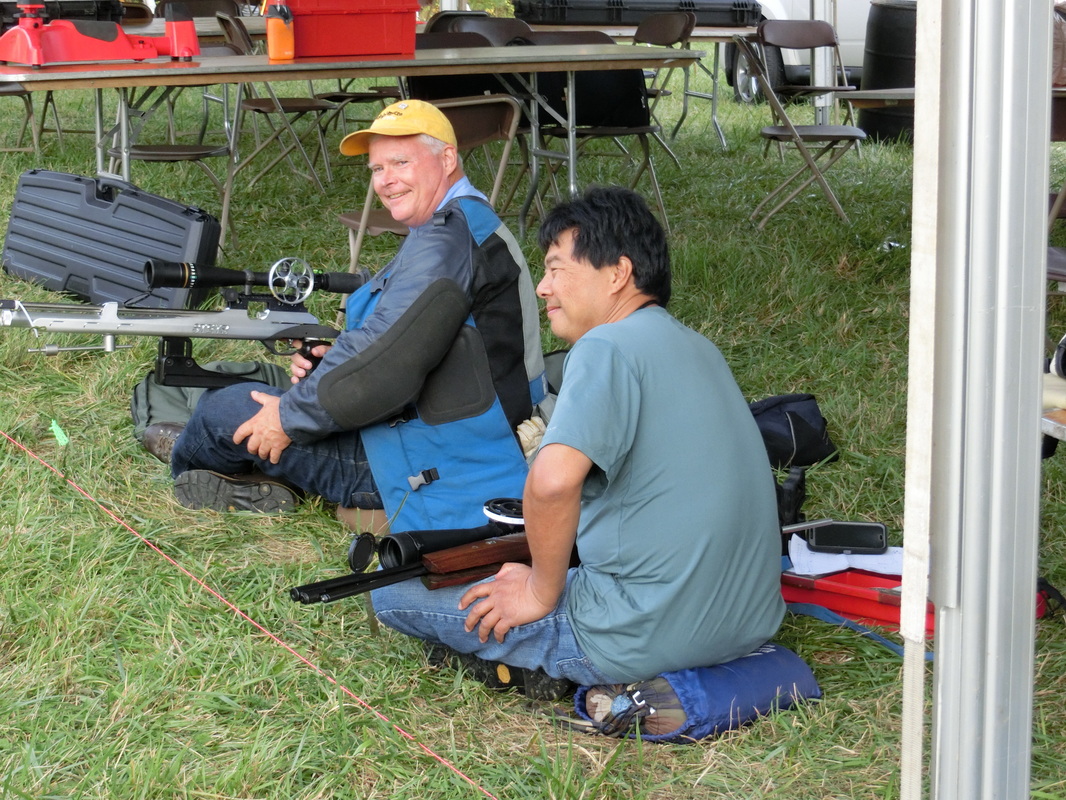
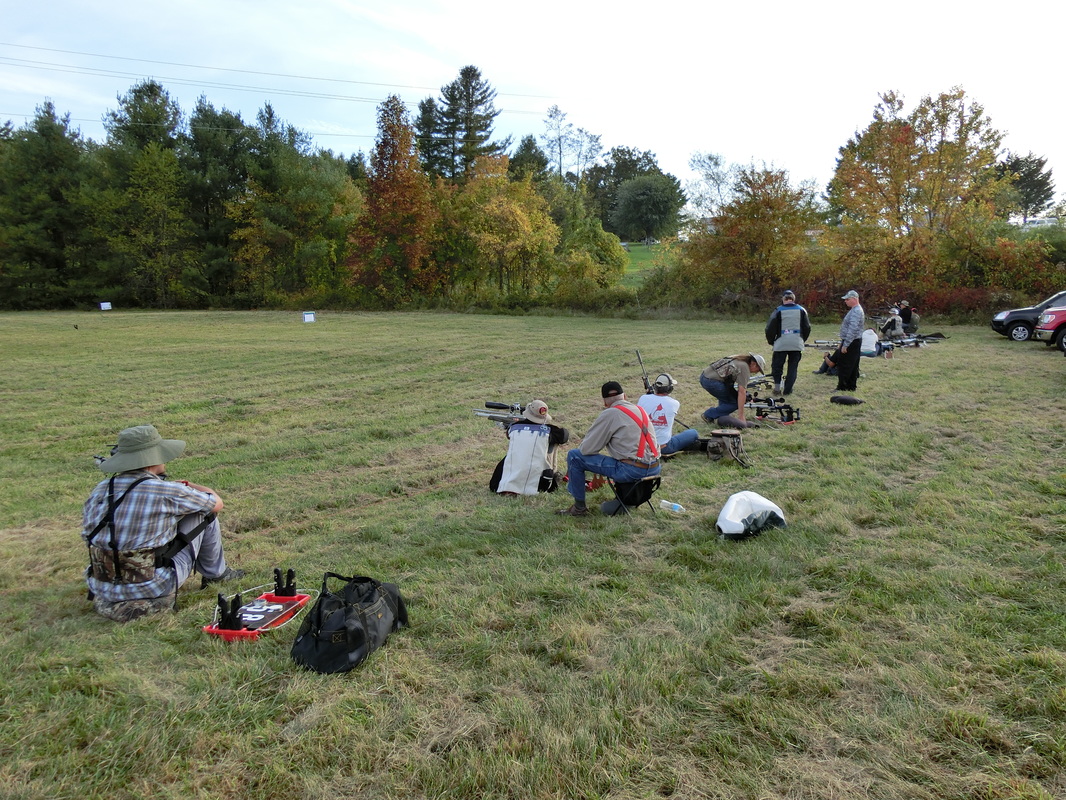
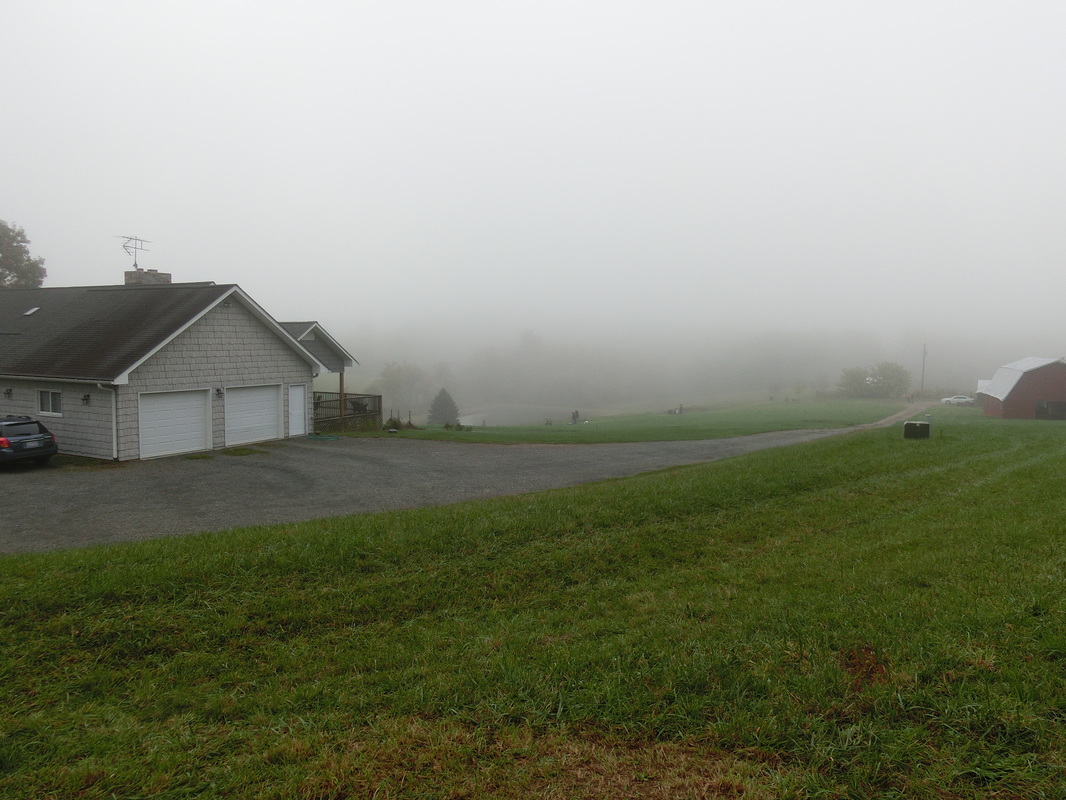
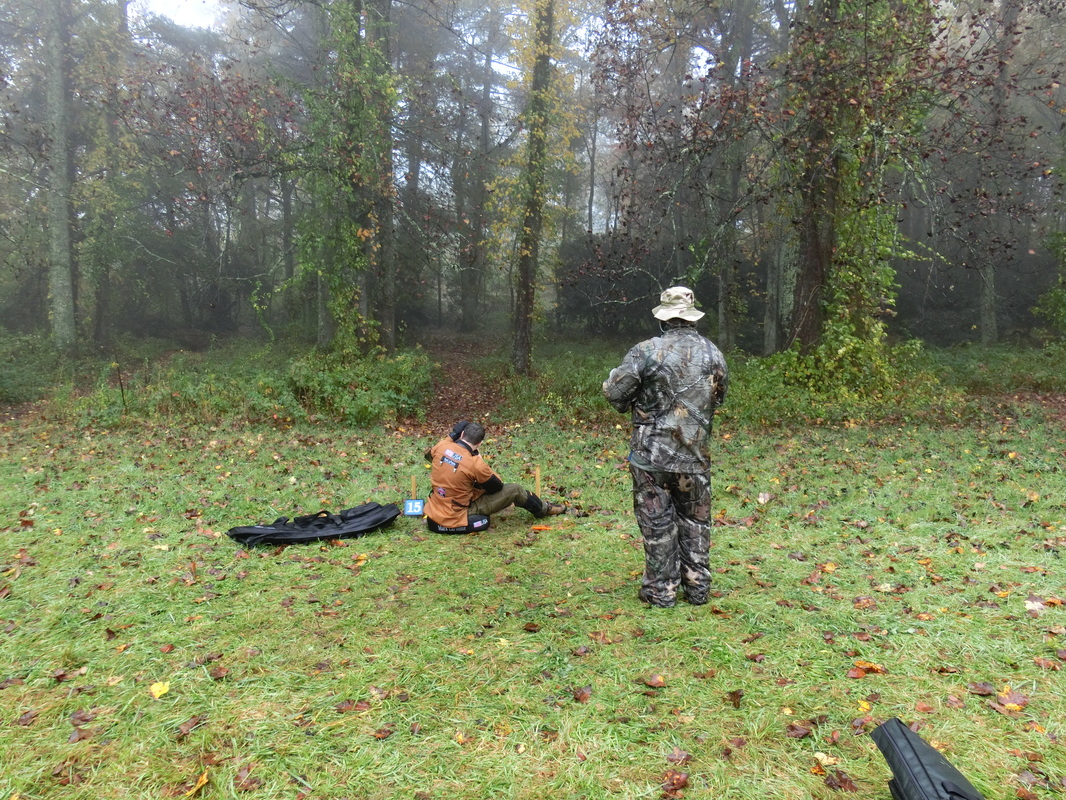
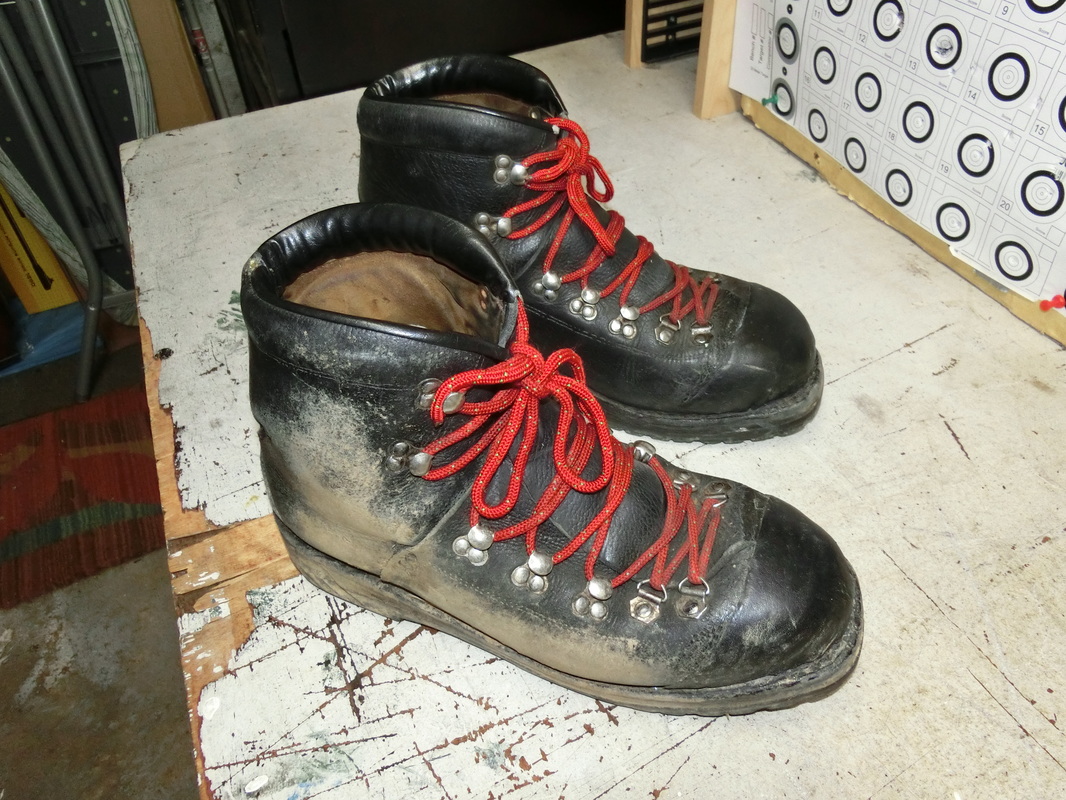
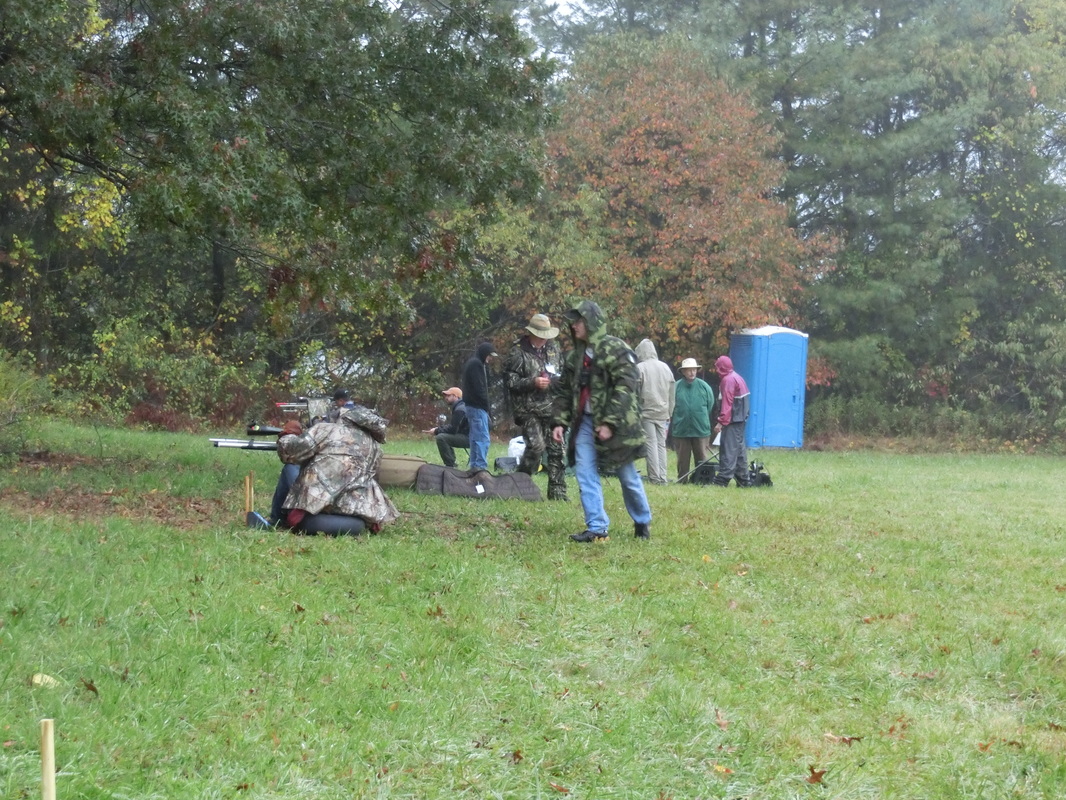
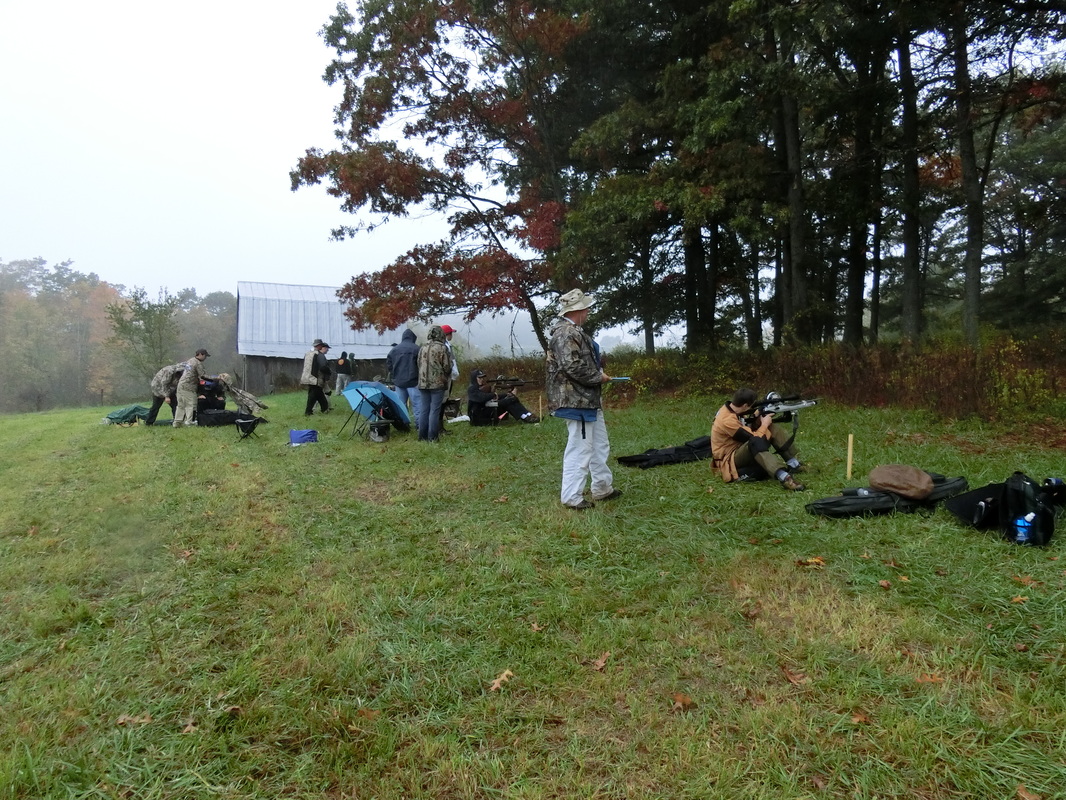
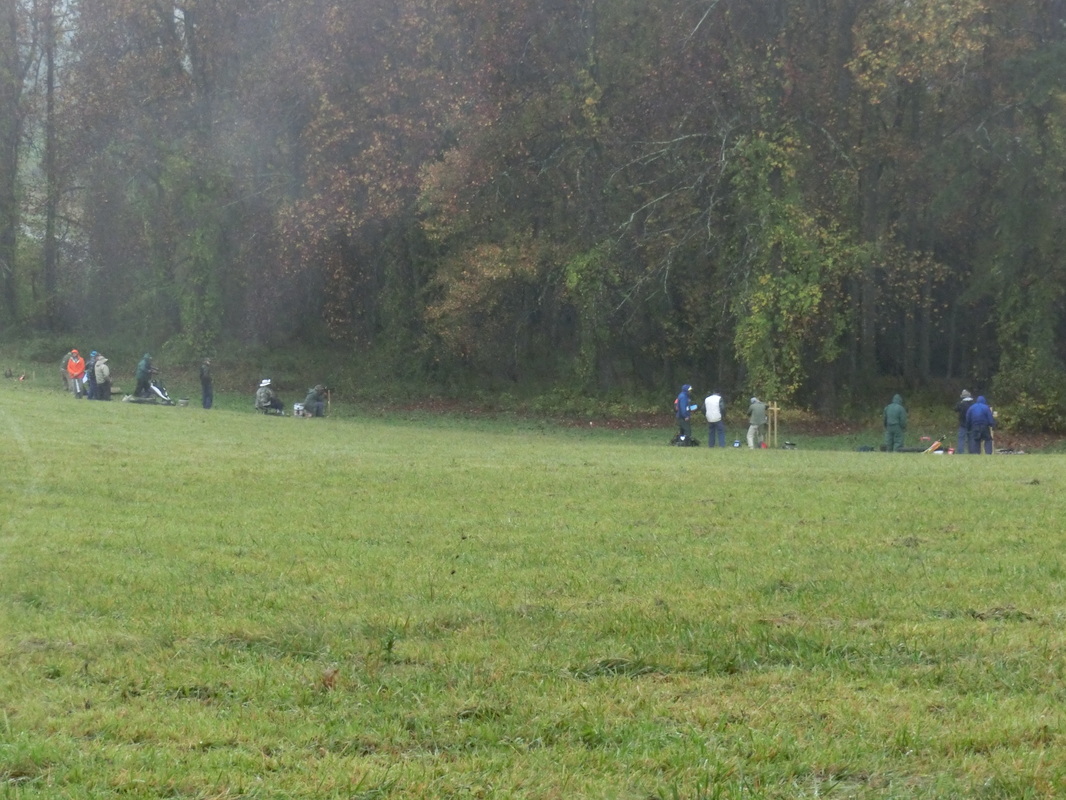
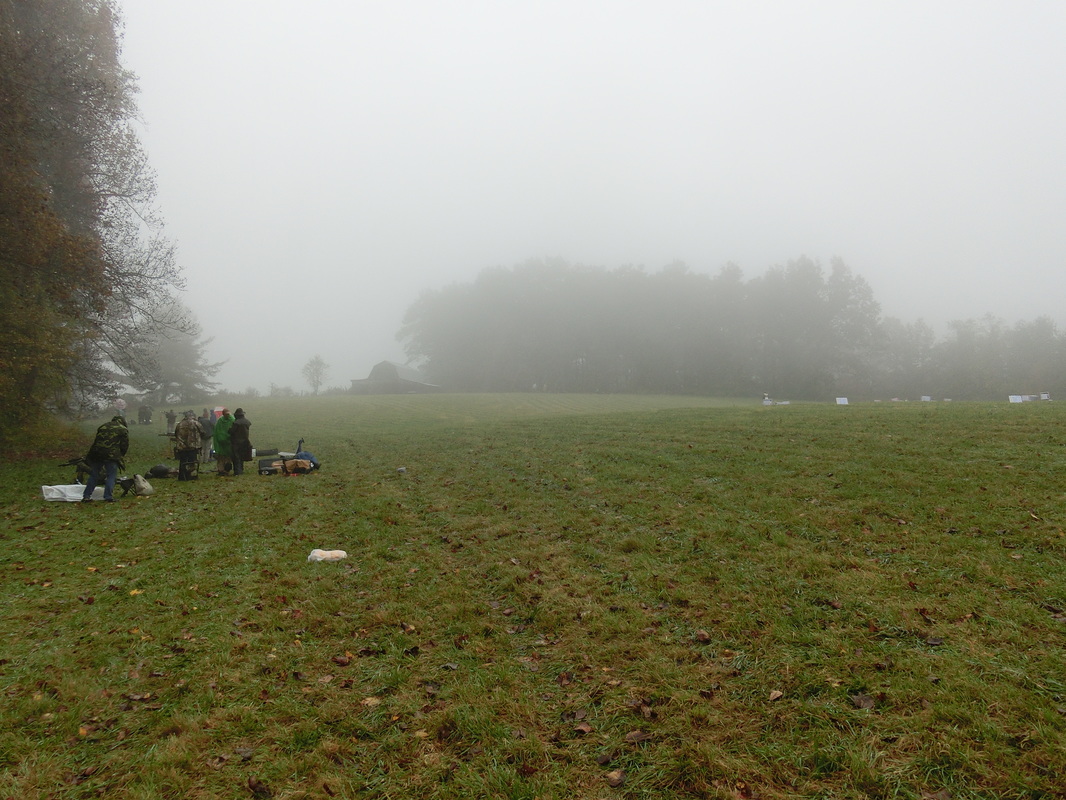
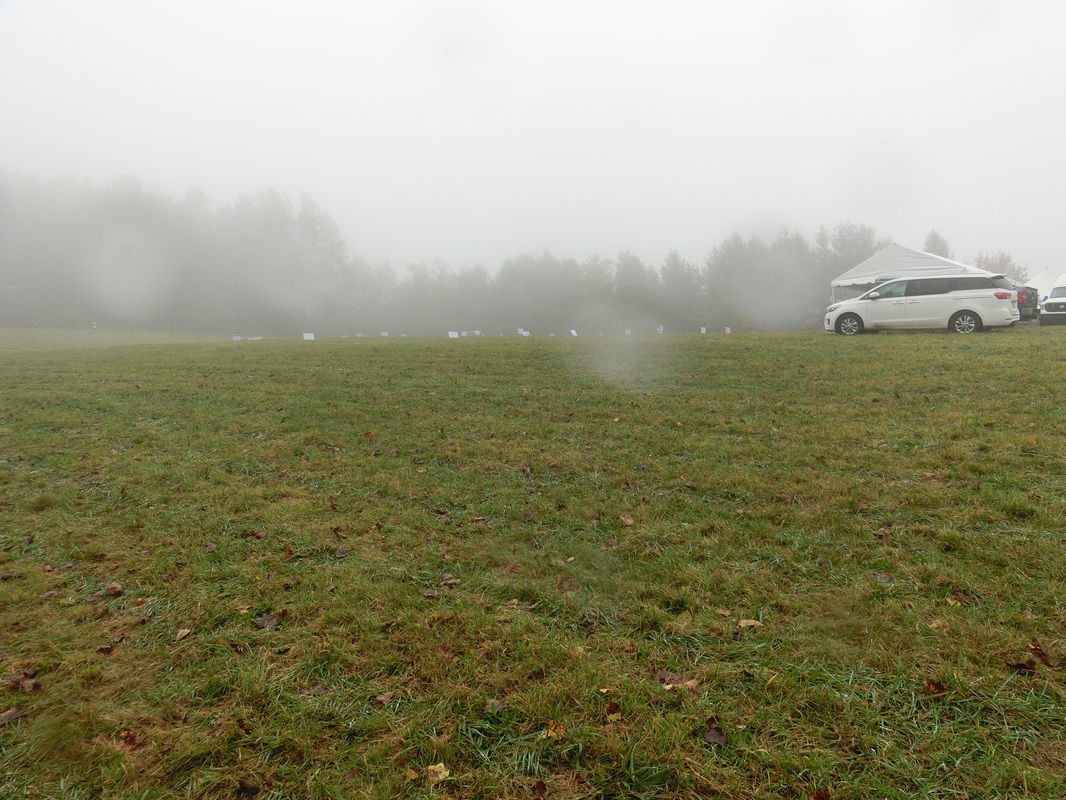
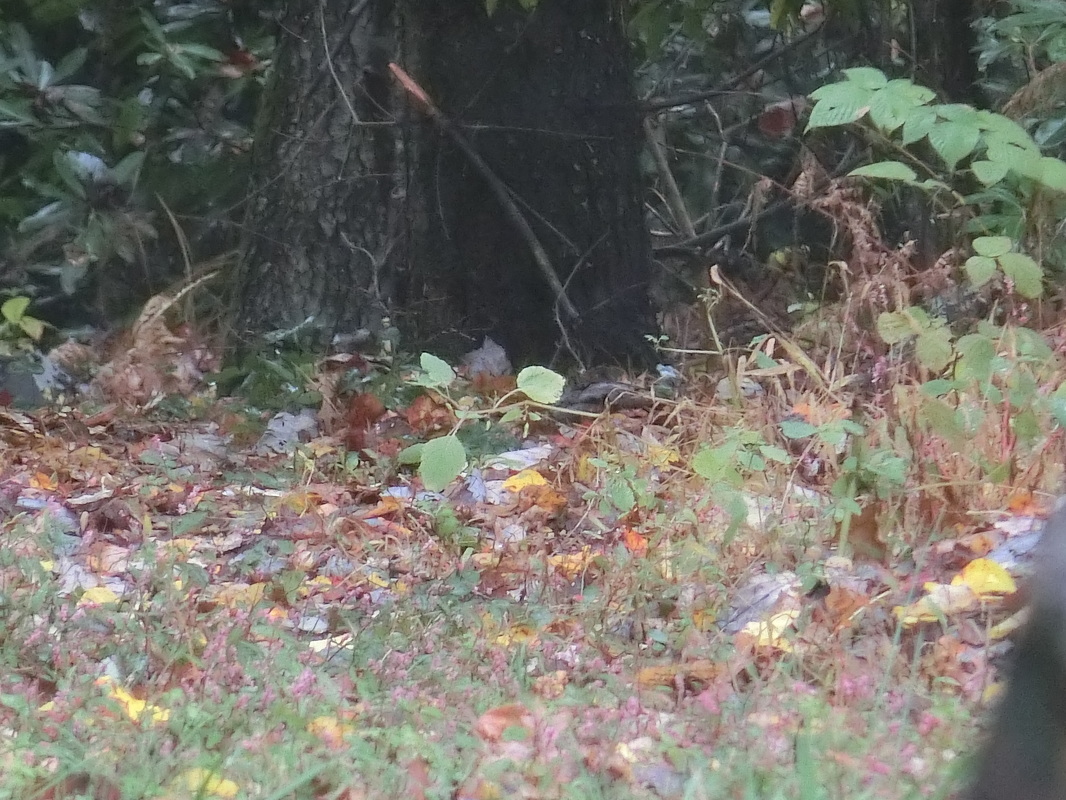
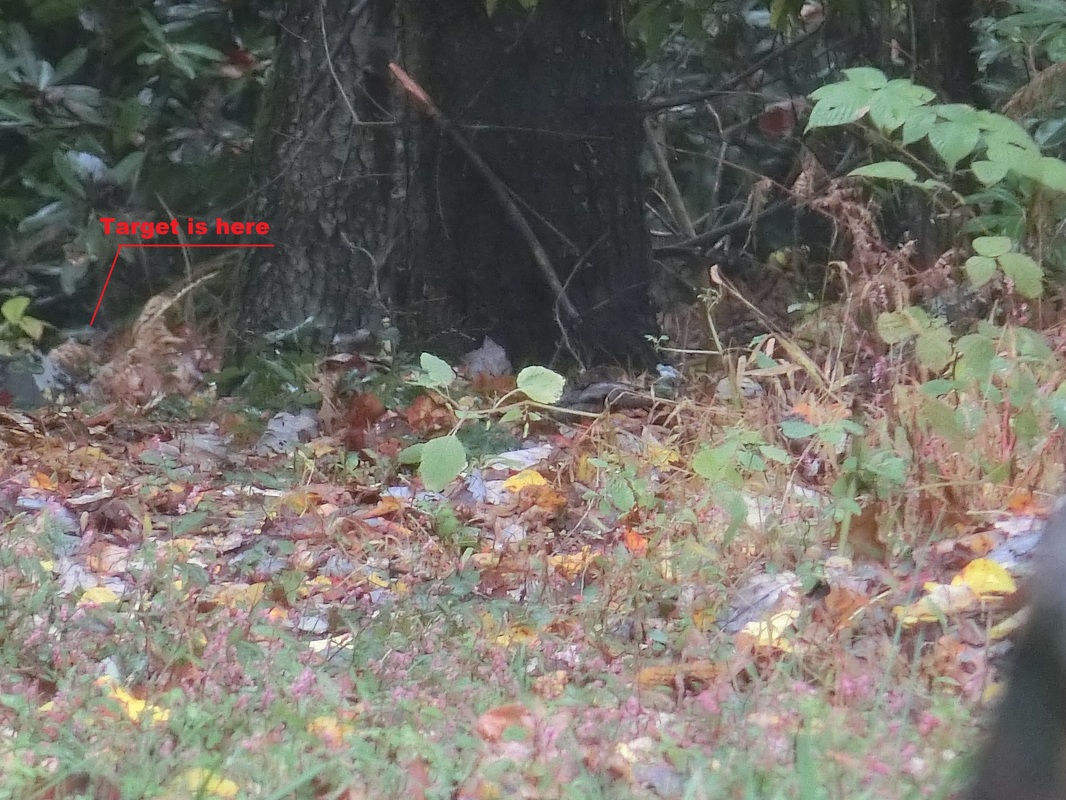
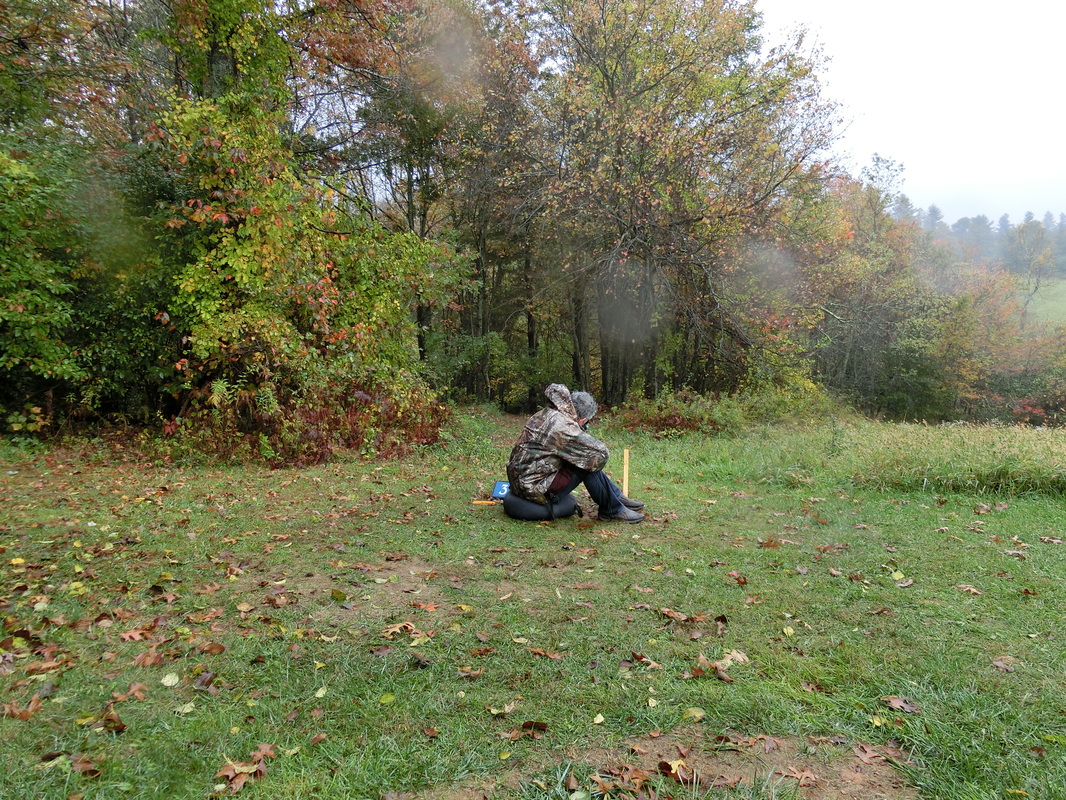
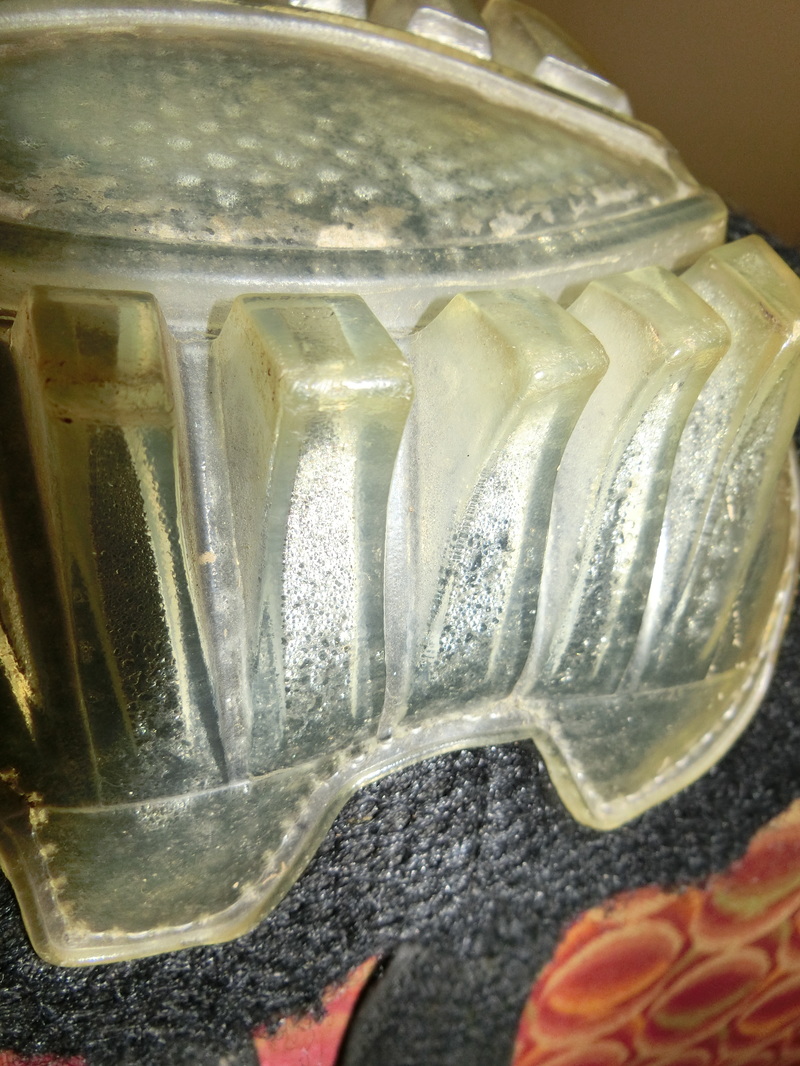
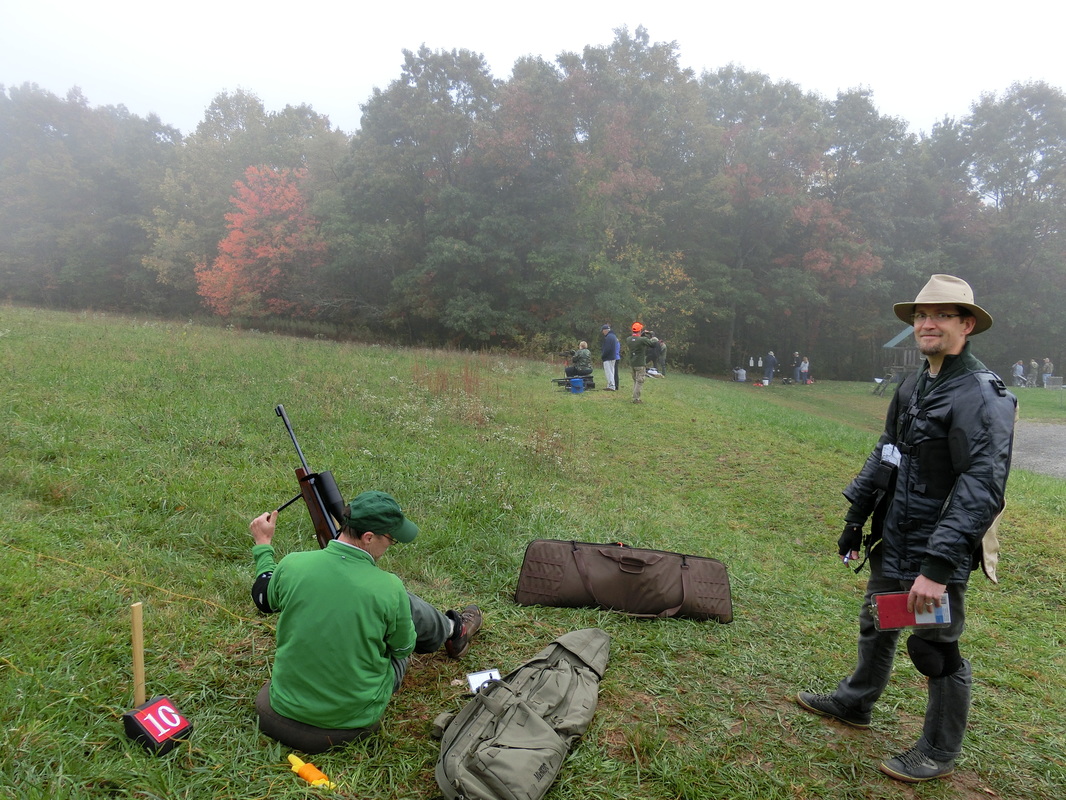
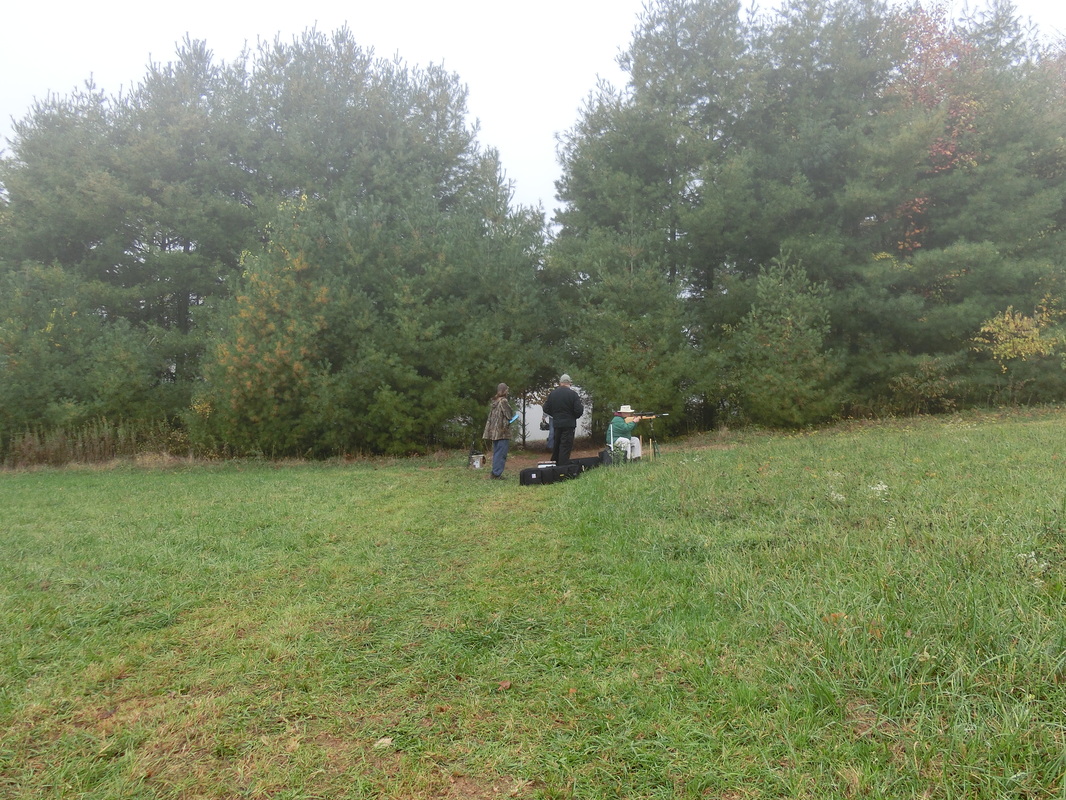
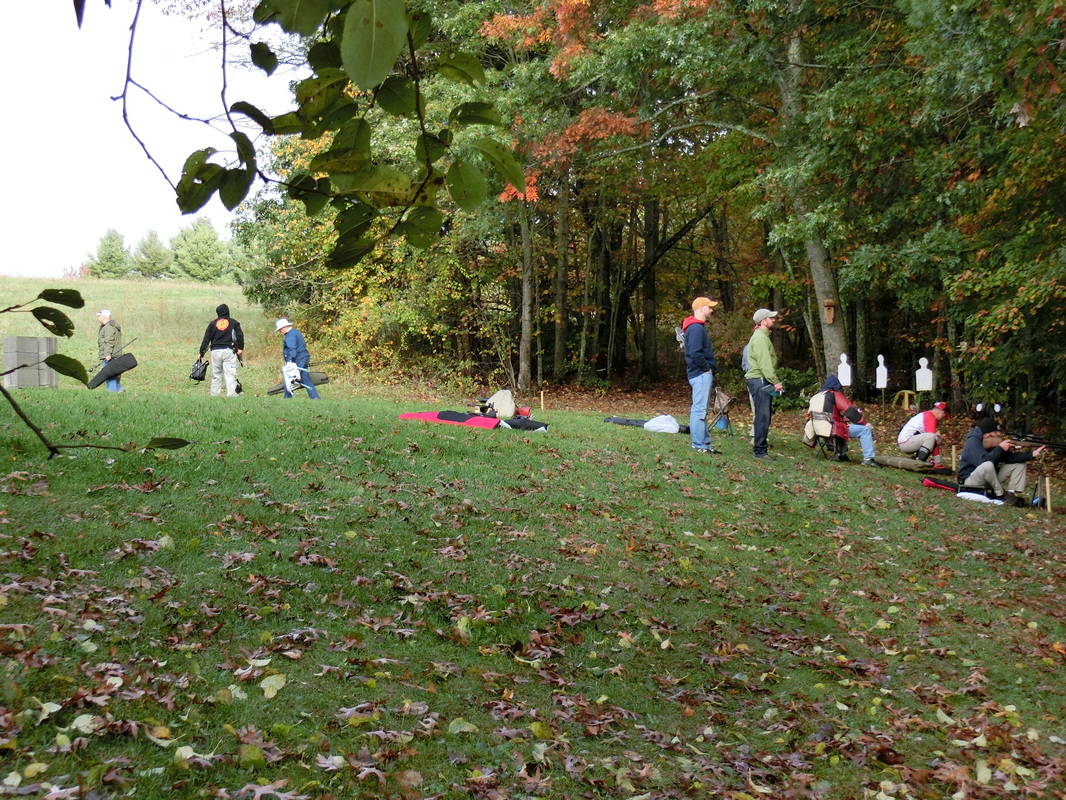
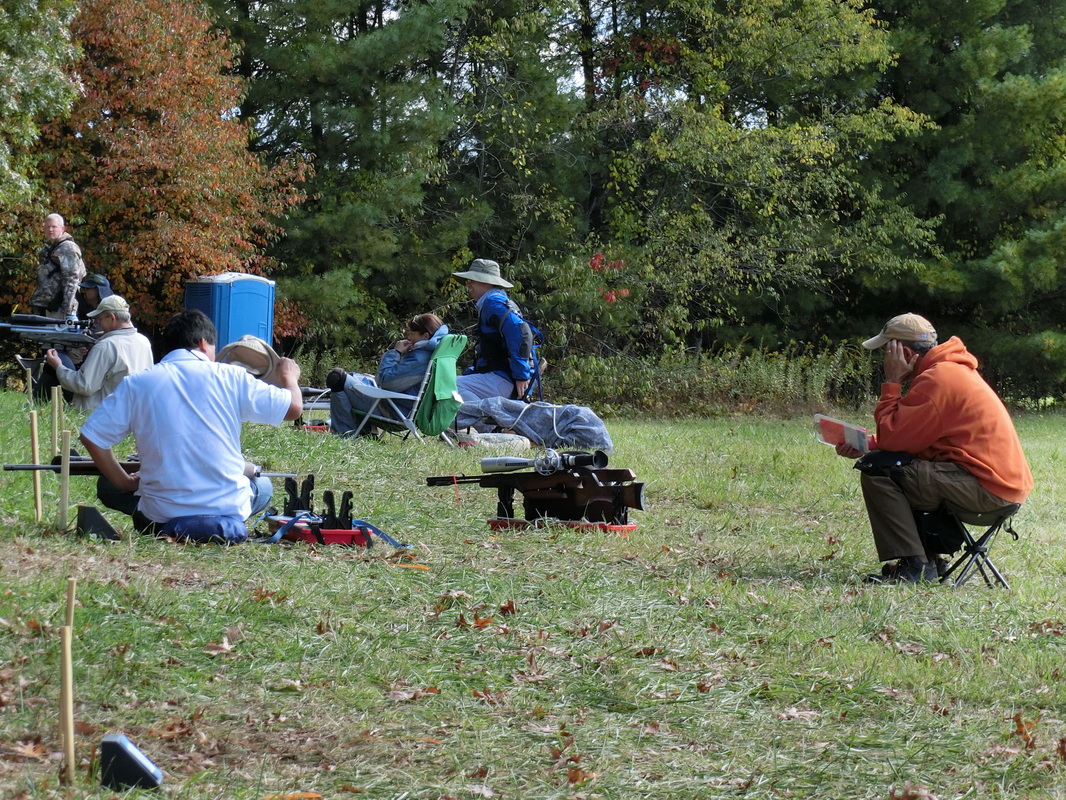
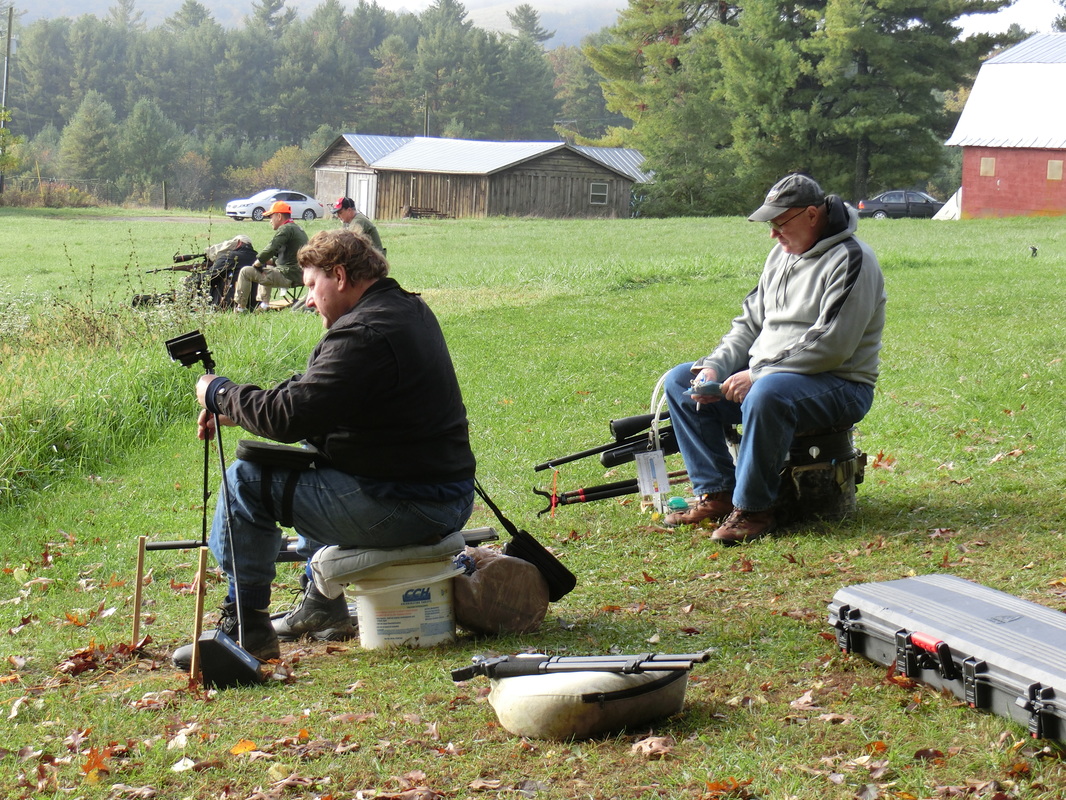
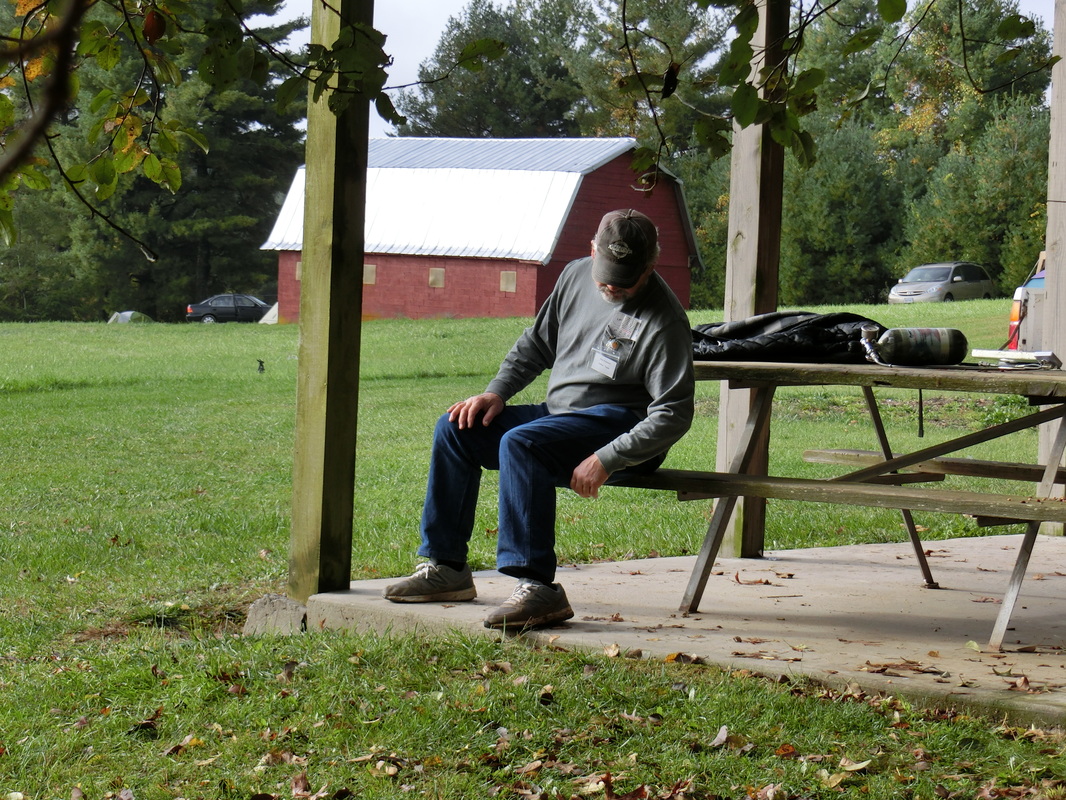
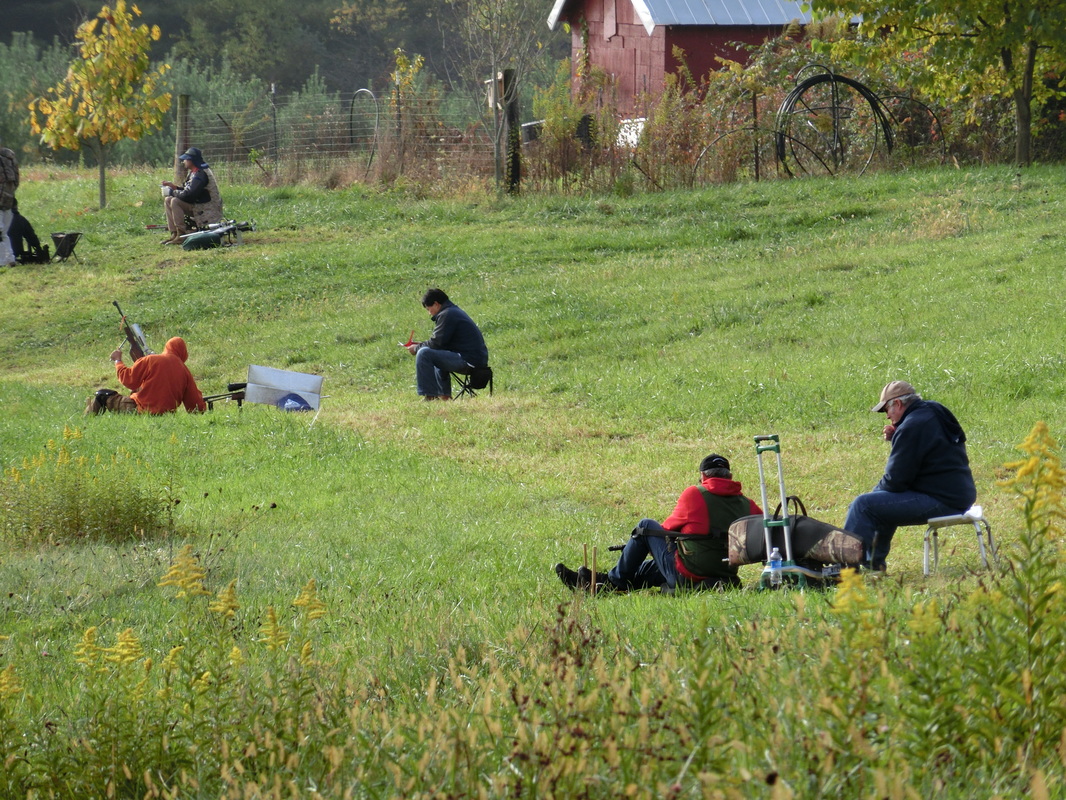
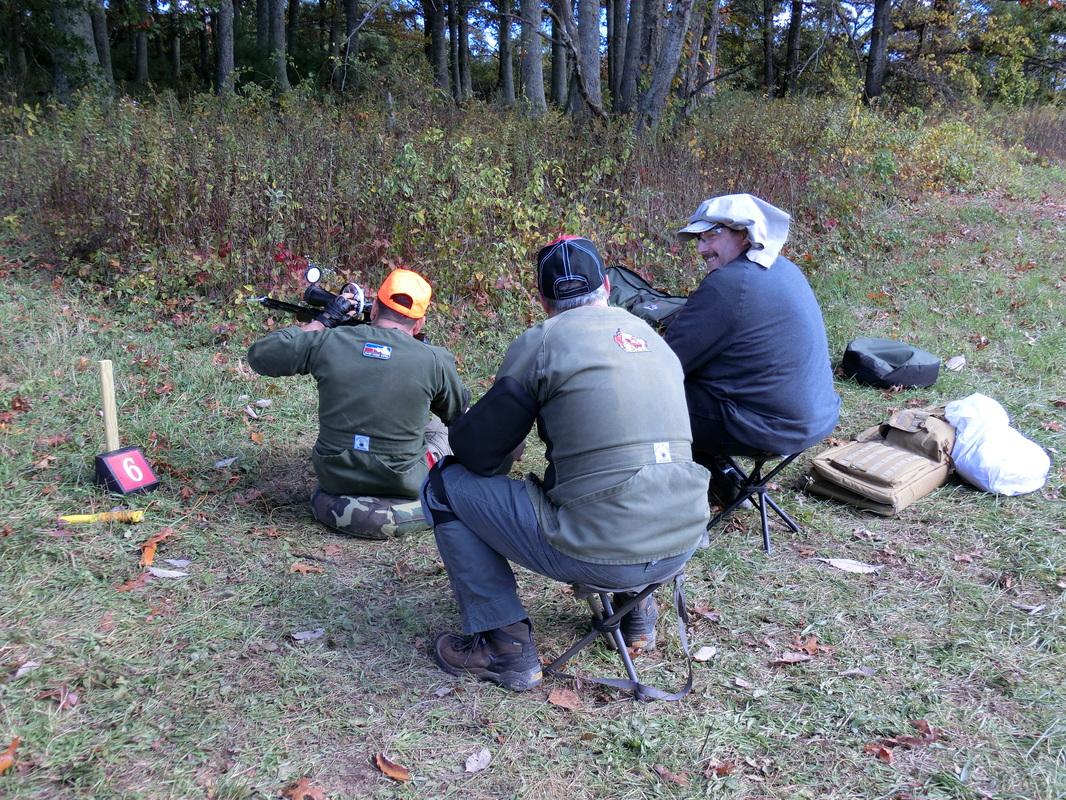


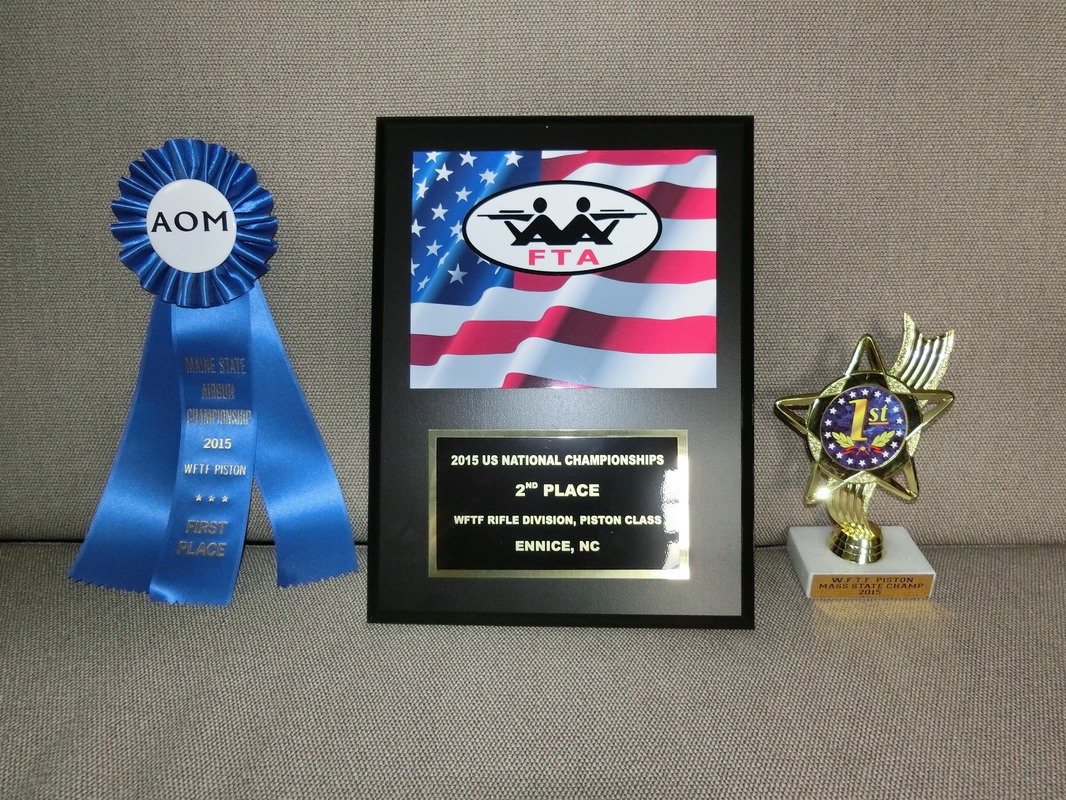
 RSS Feed
RSS Feed